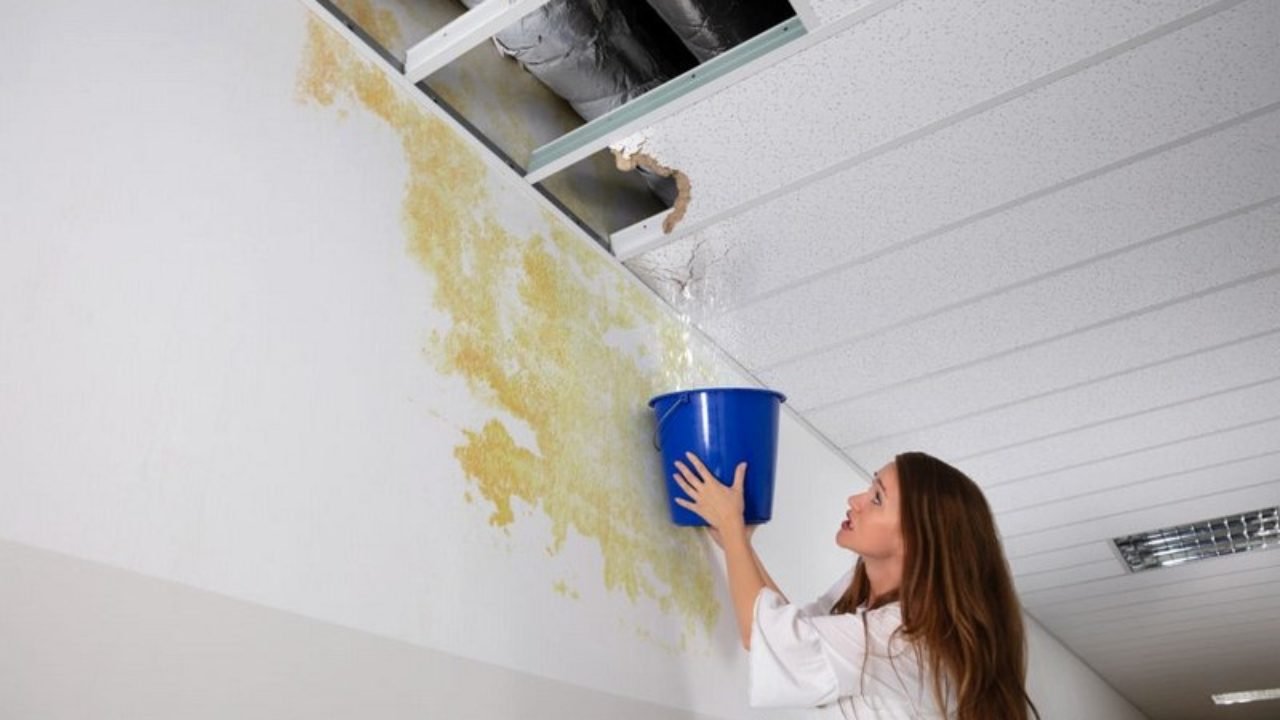Pinpoint Six of the Most Triggers for Leakage in Your Residence
Pinpoint Six of the Most Triggers for Leakage in Your Residence
Blog Article
We have discovered the article involving Common Water Leaks In House listed below on the web and think it made good sense to share it with you in this article.

Leakages not only trigger waste of water however can additionally create unnecessary damage to your residence and also advertise unwanted natural growth. By understanding as well as looking for everyday situations that cause leaks, you can secure your home from future leaks as well as unneeded damages.
Intruding roots
Most water leakages begin outside your house rather than inside it. If you notice a sudden reduction in water pressure, say in your tap, require time to head out as well as examine your lawn. You could see wet spots or sinkholes in your lawn, and that might suggest that tree origins are attacking water lines causing water to permeate out. You can have your plumber check for intrusion, specifically if you have trees or hedges near your residential property.
Rusty water systems
This may be the reason of discoloration or warping on your water pipelines. If our plumbing system is old, consider replacing the pipelines since they are at a higher threat of rust than the more recent designs.
Malfunctioning Pipe Joints
The point at which your pipelines connect is often the weakest web link in the waterline. Pipe joints can degrade gradually, resulting in water leaks. Regrettably, most of pipeline joints are not easily noticeable. If you have noisy pipes that make ticking or banging sounds, especially when the warm water is activated, your pipeline joints are most likely under a lot of stress. It is recommended to have your plumber inspect your system once a year.
Immediate temperature modifications.
Severe temperature level modifications in our pipelines can create them to expand and contract unexpectedly. This expansion as well as contraction might trigger splits in the pipelines, especially if the temperature level are below freezing. It would certainly be best if you watched on how your plumbing functions. The existence of the previously mentioned conditions regularly indicates a high danger.
Poor Water Connectors
At times, a leak can be brought on by loosened pipes as well as pipelines that provide your appliances. Usually, moving is what creates the loose water Links. You may discover when it comes to a cleaning equipment, a hose might spring a leak due to trembling during the spin cycle. In case of a water connections leak, you might discover water running straight from the supply line or puddles around your devices.
Obstructed Drains
Blocked drains pipes could be aggravating as well as inconveniencing, yet they can in some cases end up causing an overflow causing burst pipelines. Maintain eliminating any type of materials that may go down your drains that can clog them to prevent such inconveniences.
All the above are reasons for leaks however not all water leaks result from plumbing leakages; some leaks might come from roof leakages. All leakages need to be repaired promptly to stay clear of water damages.
Leakages not just create waste of water however can additionally cause unnecessary damage to your residence and promote undesirable natural development. By comprehending as well as looking for everyday situations that cause leaks, you can protect your home from future leakages and unneeded damages. Today, we will look at 6 leakage causes that might be triggering your pipes to trickle.
At times, a leak can be created by loose tubes as well as pipes that supply your home appliances. In instance of a water links leak, you might notice water running directly from the supply line or puddles around your devices.
How To Check For Water Leak In Your Home
How To Check for Leaks
The average household's leaks can account for nearly 10,000 gallons of water wasted every year and ten percent of homes have leaks that waste 90 gallons or more per day. Common types of leaks found in the home are worn toilet flappers, dripping faucets, and other leaking valves. These types of leaks are often easy to fix, requiring only a few tools and hardware that can pay for themselves in water savings. Fixing easily corrected household water leaks can save homeowners about 10 percent on their water bills.
To check for leaks in your home, you first need to determine whether you're wasting water and then identify the source of the leak. Here are some tips for finding leaks:
Take a look at your water usage during a colder month, such as January or February. If a family of four exceeds 12,000 gallons per month, there are serious leaks.
Check your water meter before and after a two-hour period when no water is being used. If the meter changes at all, you probably have a leak.
Identify toilet leaks by placing a drop of food coloring in the toilet tank. If any color shows up in the bowl after 10 minutes, you have a leak. (Be sure to flush immediately after the experiment to avoid staining the tank.)
Examine faucet gaskets and pipe fittings for any water on the outside of the pipe to check for surface leaks.
Undetected water leaks can happen without the home or business owner even realizing. If you suspect a water leak, but not able to find the source. It is time to contact a professional water leak detection service, The Leak Doctor.
How To Find a Water Leak In Your Home
https://www.leakdoctor.com/blog/How-To-Check-For-Water-Leak-In-Your-Home_AE197.html

As an avid reader about How to detect water leaks in your home, I assumed sharing that blog post was mandatory. Enjoyed reading our blog entry? Please share it. Help another person check it out. Kudos for your time. Visit again soon.
Schedule Service Pickup Report this page